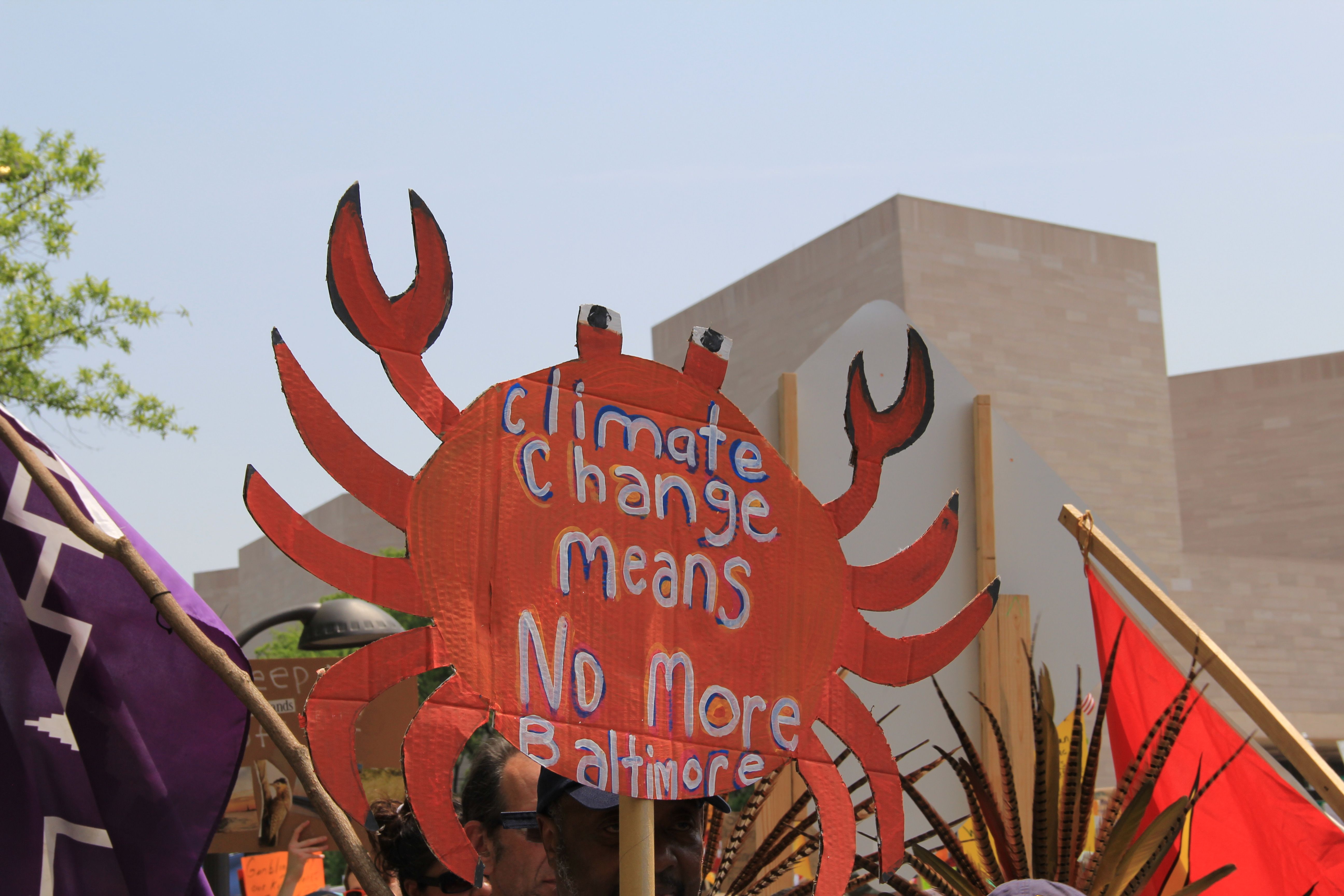Views expressed in opinion columns are the author’s own.
This past week, the University Senate reviewed the University of Maryland’s plan to achieve carbon neutrality by 2050. But while it’s one thing to work toward carbon neutrality at a university level, it’s a whole other beast to establish carbon neutrality on a state level, where greater impact can be made.
This university’s continued dedication to carbon neutrality is admirable and a needed step forward in combating the climate crisis we face. But in addition to achieving its own sustainability goals, the university needs to improve how it affirms its commitment to serving the state of Maryland to help it reach similar sustainability benchmarks.
The university system already has a few programs in place to help Maryland predict the effects of climate change and subsequently fight them. One of the largest programs is the Center for Environmental Science, which uses a “unique, state-directed mandate” to combine academia and policy to “improve the daily lives of Maryland residents.”
Additionally, the university’s environmental science majors provide students with the multifaceted education necessary to tackle the climate issues of both today and tomorrow. Other academic programs, including the Science and Global Change College Park Scholars program, which studies the “foundations of scientific practice to explore global climate change,” demonstrate the university has ample climate education.
Yet fighting climate change needs to go beyond just education. The university needs to immerse its students in real world application of their knowledge, and there’s no better way to do so than studying, researching and creating effective policy to lessen the impacts of climate change throughout the state.
How many students know about the devastating climate change impacts the Eastern Shore is already facing? What about the eroding beaches along the Chesapeake Bay or the rising waters in Annapolis? Do students know that the ancestral home of Maryland native Harriet Tubman is being swallowed by rising waters?
As Maryland’s flagship educational institution, this university has a responsibility to improve its campus, community and state before it touts national recognition or educational rankings. The effects of climate change are already being seen in Maryland, and the best thing this university can do to help both its students and its state be equipped to fight climate change is to combine the two.
This could be done through increasing the university’s Maryland-specific climate courses and curriculum while also allowing them opportunities to apply that information in real life. Towns that are already being affected by climate change, such as Cambridge or Kent Island, provide perfect case studies for students. With hands-on application of in-class knowledge, it’s a win-win for both students and the state.
Whether improving Maryland’s climate manifests through required Maryland-focused research projects or environmental lobbying in Annapolis, there are endless outlets for this university to do its part in supporting the state’s environment. This university has the immense resources and the incredible students necessary to make a change in Maryland.
The current climate crisis can seem overwhelming and abstract. But to create substantive change, it’s crucial to start local. This university has shown that it has the capability to do so. It’s time for this university to step up how it assists the state of Maryland in achieving necessary climate goals.
Maya Rosenberg is a sophomore journalism and public policy major. She can be reached at maya.b.rosenberg@gmail.com.



